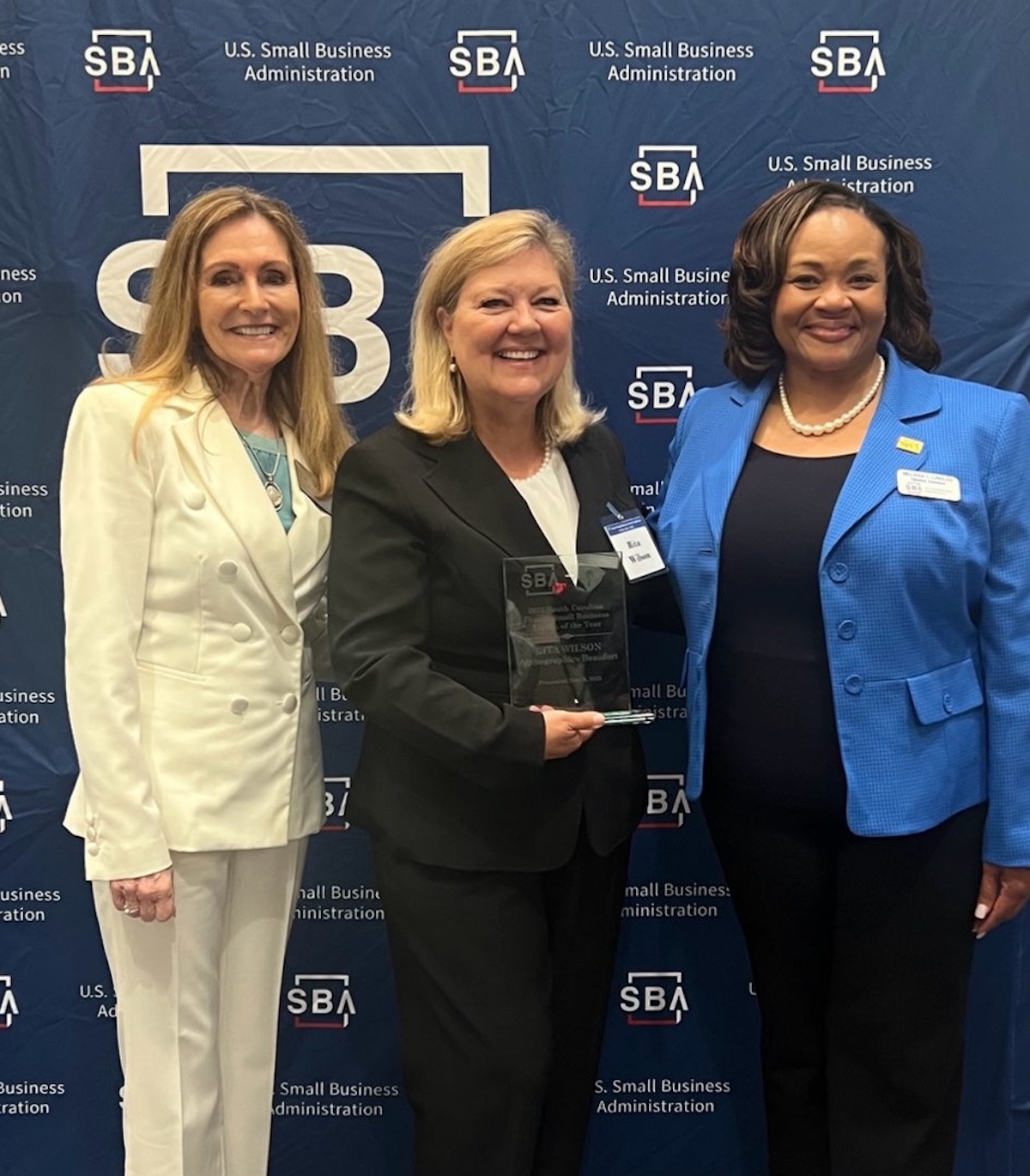Balancing the desire and need of solid market returns alongside the growing fear of a market correction seems to be at the forefront of retail investors thoughts. International markets continue to be the center of attention; they have pulled out of their multiyear slump and began to deliver real returns for the first time in several years. For those who know and follow our strategies, International Equities are still ranked number two within our proprietary ranking system, but their quick move from dead last to second is no small feat. U.S. Equities however have continued to hold the number one position since the third quarter of 2016.
U.S. Equity markets are still showing strength as earnings season continues to show positive results in a wide range of sectors. While International markets may be the shiny new toy in a multiyear U.S. large cap dominated market, U.S. exposure remains a critical asset class.
Regardless of the strength the market is showing, advisors, analysts, other money managers are starting to ask the question, when is this going to end? After a solid eight years of growth, record highs in all three of the major U.S. Equity indexes and continued extension of equity valuations at some point the markets will turn. Right? Will that be next week or several years from now we will not know until we look back after the smoke has cleared. In the meantime, we still have to answer for current performance and plan for the known issues clients are facing such as saving for retirement, providing retirement income or protecting their investment.
How does one successfully balance the fear of missing out (FOMO) with being adequately prepared for a market correction (OHNO) in an investment portfolio? The answer may be knowing when to properly utilize CASH as an asset class. The next time you are in a conversation with your advisor (or yourself), ask about all the different asset class choices you may have. If CASH is not brought up in the conversation, you may want to consider an alternate investment strategy. Relative Strength is one strategy that considers CASH to be an available investment option vs other asset classes like international equities, US equites or bonds. How much cash should you have? A simple process of supply and demand helps to make that determination.
** This article was written and provided to you by Charles Tumlin, Managing Director, TLS Wealth Management of Raymond James.
Charles Tumlin is a Financial Advisor with Raymond James & Associates, Inc., Member New York Stock Exchange/SIPC located at 2015 Boundary Street, Suite 220, Beaufort SC 29902.
He can be contacted at 843-379-6100 or charles.tumlin@raymondjames.comor visit our website at: www.tlswealthmanagement.com
Opinions expressed in this article are those of the author and are not necessarily those of Raymond James. Raymond James is not affiliated with nor endorses the author or his firm. All opinions are as of this date and are subject to change without notice.
International investing involves additional risks such as currency fluctuations, differing financial accounting standards, and possible political and economic instability. These risks are greater in emerging markets.
Past performance is not indicative of future results. Investing always involves risk and you may incur a profit or loss. No investment strategy can guarantee success.






